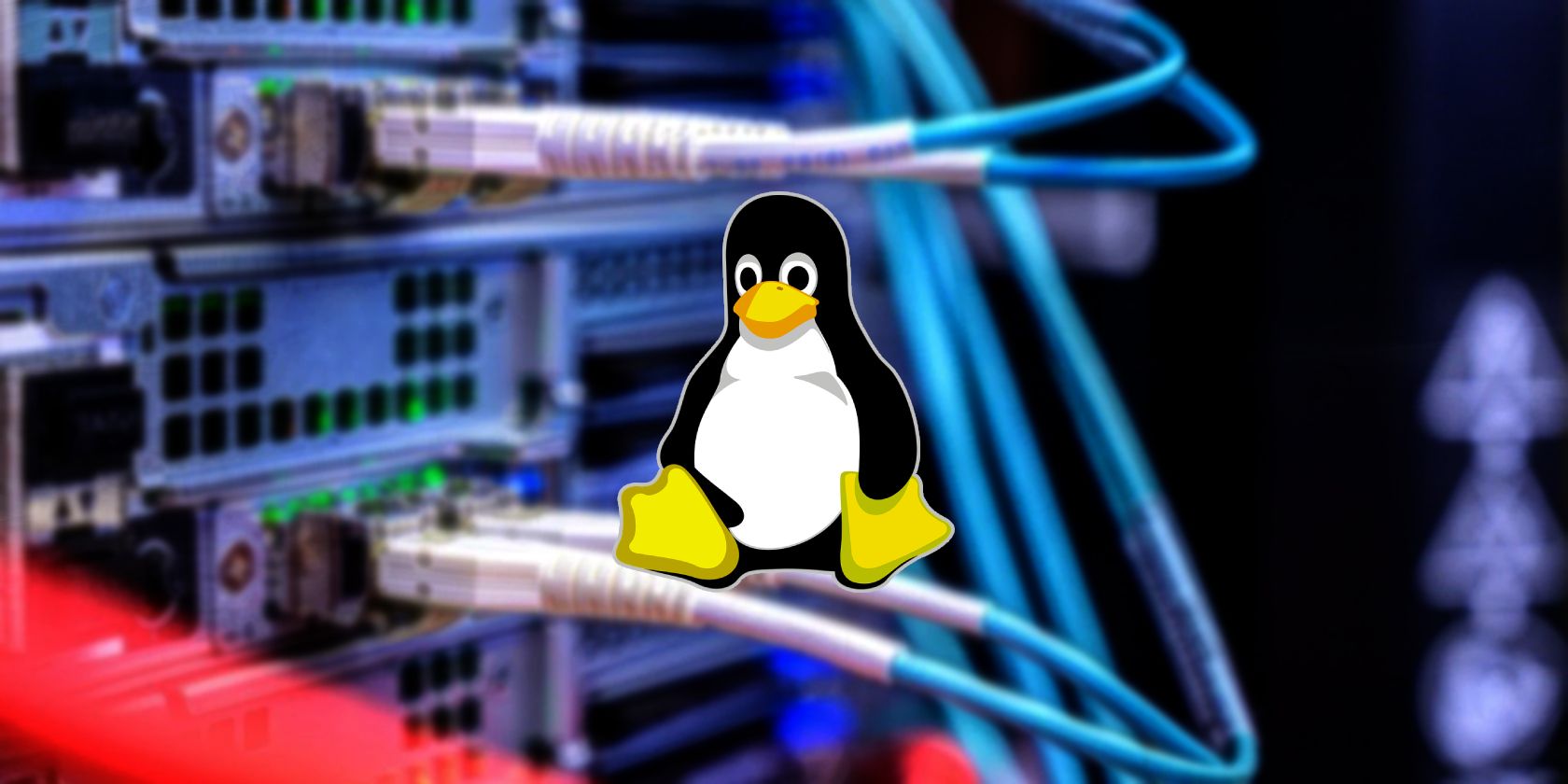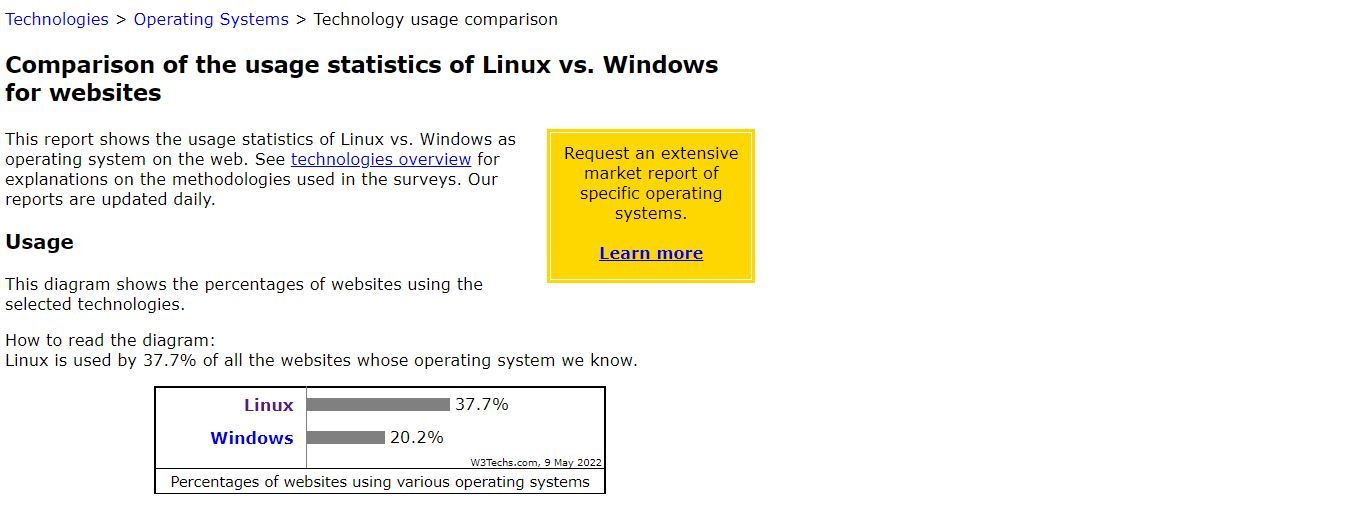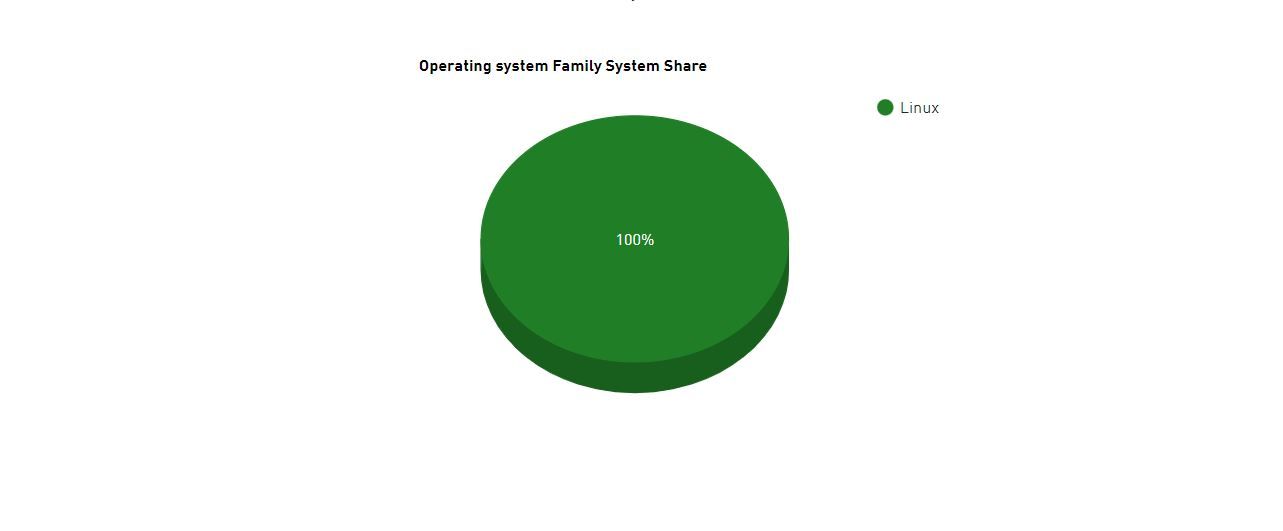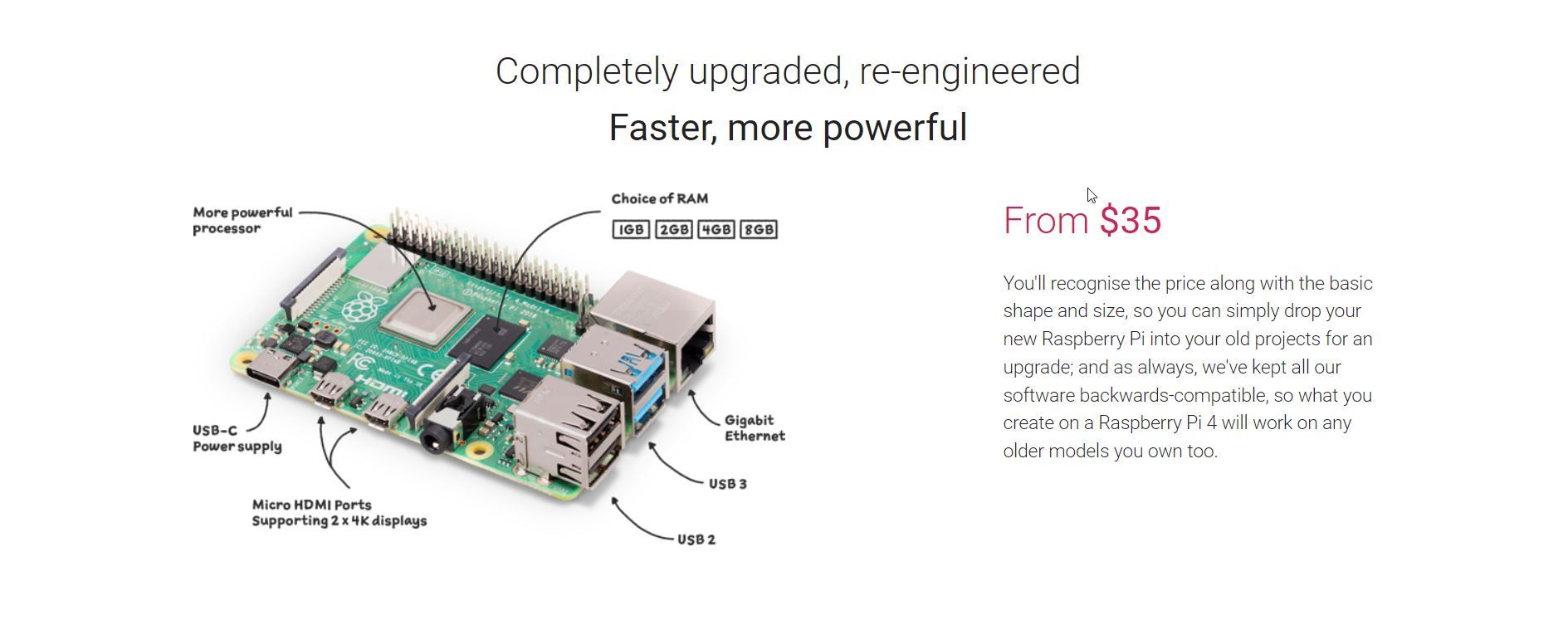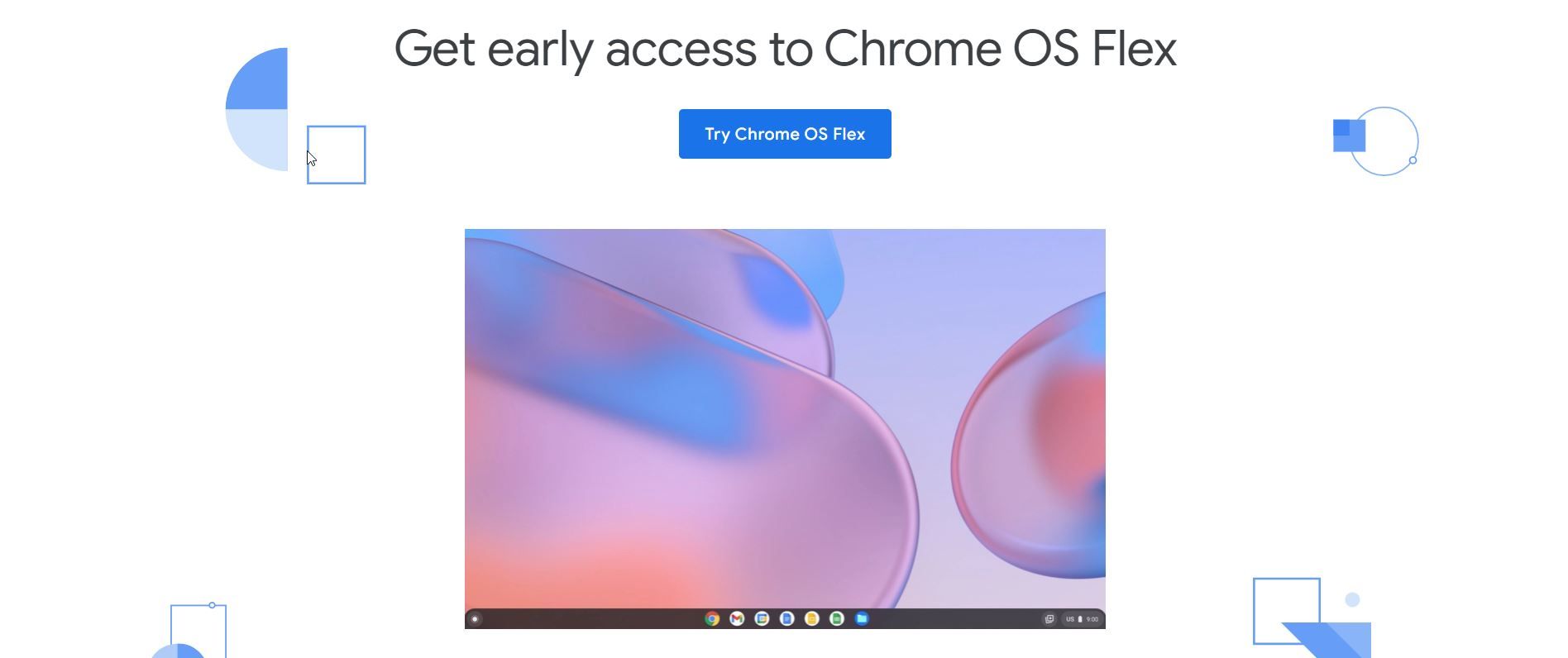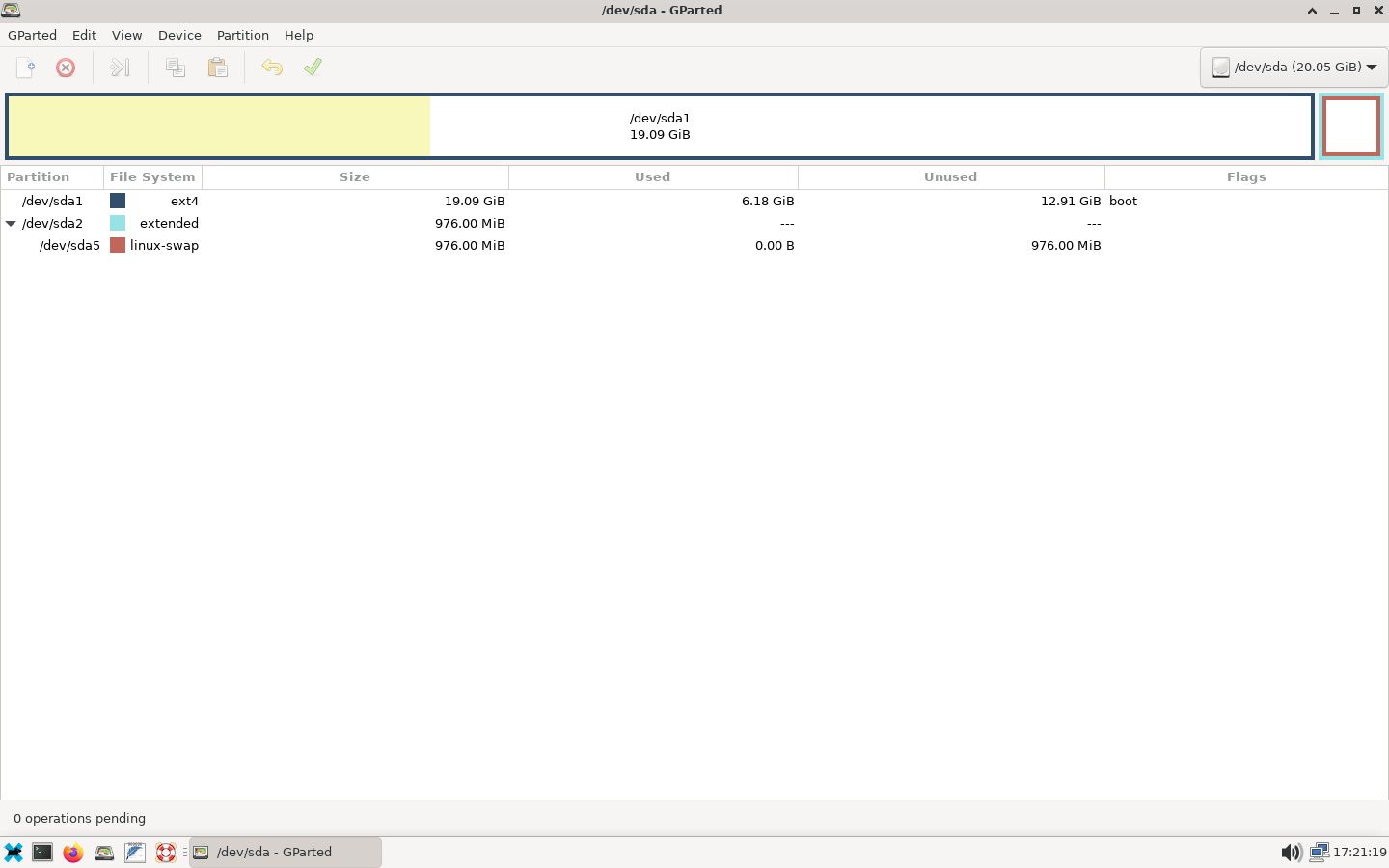If you use Linux on your desktop, you might have wondered if the operating system you're messing around with has any practical uses. Fortunately, there are plenty of real-world applications of Linux today. Here are some of them.
1. Web Servers
The biggest real-world use of Linux is on servers, especially web servers. There are several reasons for Linux dominating the web server market.
One reason is that Linux is dirt-cheap to install. Back in the "dot-com" era of the '90s, many startups discovered Linux for this reason. Unix systems were already popular for servers, but were very expensive and ran on specialized hardware.
You could easily download Linux for free and it ran on x86 processors, using the free Apache HTTP server. This meant that startups could buy fleets of cheap PCs and use them as servers.
Nowadays, most data centers and cloud providers run special rack-mounted servers, supported by contracts from companies like Canonical or Red Hat. Data centers still find Linux more attractive than Windows because the licensing costs of open-source software, even with a contract, are much lower than proprietary OSes like Windows.
Apache faces competition from Nginx, but fleets of Linux-based servers still outnumber Microsoft Windows servers by a comfortable margin. According to W3Techs, Linux servers dominate Windows at 37.7 percent vs. Windows' 20.2 percent as of May 2022.
2. Supercomputers
Another practical use of Linux is in supercomputers. Linux is so popular on supercomputers that according to Top500, 100 percent of the current supercomputer installations run some version of Linux.
The reasons for its adoption in super computing are likely similar to those for its adoption for other server applications. Linux was cheap and could run on standard x86 hardware. Scientists were also already familiar with Unix. Researchers could build clusters of cheap PCs for running complex calculations without having to rewrite their code.
Again as with web servers, Linux supercomputers have scaled up as Linux has been ported to other architectures like IBM's POWER. This has allowed Linux to replace proprietary Unix systems in these research applications just as it has in commercial data centers.
Among other things, supercomputers like IBM's Summit played a part in developing COVID-19 vaccines, and are helping to track down variants. If you've received the vaccine, that means that Linux could save your life.
3. Single-Board Computers
While Linux powers supercomputers, it's also perfect for simpler machines. The best-known Linux-powered single-board computer is the Raspberry Pi.
The Raspberry Pi has become popular for kids' computer science education because it's cheap enough for children to own and experiment with. Parents don't need to worry about a kid messing up a family computer. The reason Linux was chosen was because of its open-source nature and that an ARM port already existed.
It's also popular for small embedded computing projects, and there are as many uses for the Raspberry Pi as you can think of.
The reason for its popularity is that it's easy to port Linux to different processor architectures. Linux first started on the Intel 80386, but it's been ported to nearly every CPU in existence. This includes the ARM chip that powers the Raspberry Pi.
4. Repurposing Old Computers
The first version of Unix at Bell Labs ran on a Digital PDP-7, which was even then considered underpowered. The tradition of repurposing old computers continues as traditional Unix has given way to Linux distributions.
Linux distros are great for making use of older computers when official support from Apple or Microsoft dries up and you can't afford to upgrade or the newer versions of the OS don't support your hardware.
Minimalistic distributions run well for this purpose. Google is releasing Chrome OS Flex, a special version of Chrome OS for conventional PCs and Macs to use in place of their original OSes.
If you have an old computer, don't throw it away. Try putting a Linux distribution on it instead. You might want to keep it around as a secondary computer or give it to someone who needs a PC. You'll also help avoid e-waste this way.
5. Classic Gaming
If you enjoy classic gaming, you might be surprised to know that Linux and open source are powering the revival of older games.
Open-source emulators like MAME, Nestopia, and Stella let you play classic console and arcade games across platforms, including Linux.
Not only have open-source volunteers recognized the value of classic gaming, but companies have used Linux and open-source emulators as part of their commercial offerings. If you have the NES Classic, you actually have a Linux machine, according to Omg! Ubuntu. If you have a Raspberry Pi and a DIY mindset, you can turn it into your own classic game console.
If you're really handy, you can even build your own arcade cabinet, as shown in this video from The Geek Pub:
6. Backup and Recovery
Your computer works great unless something goes wrong. And if you run into trouble, Linux is also there to bail you out.
While you can use your OS installation media to try to fix your system, there are Linux distros like SystemRescue that can fix many common booting problems, from a damaged partition table to a forgotten admin password.
If your hard drive or SSD is failing, you can also copy over any important files to an external drive. You don't have to be a Linux user to use these tools. You can even reset Windows passwords using SystemRescue. This is one reason you should consider having a bootable Linux distro around on a spare USB stick as you don't know when you might need it.
There Are Lots of Practical Uses for Linux Today
Linux is not just some hacker's toy but has plenty of uses in the real world for work and play. From running web servers to crunching numbers to playing retro games, if you can think of it, someone has used Linux to do it. But how did Linux get so ubiquitous? There are some technologies that made it easier for people to spread Linux around.

